
Hay algo que no he dicho

Hay algo que no he dicho
HomePage
Overview
Three women intimately share how they faced the world and their own family when deciding to terminate a pregnancy.
Release Date
2021-12-31
Average
0
Rating:
0.0 startsTagline
Genres
Languages:
EspañolKeywords
Similar Movies
 6.8
6.8The Alps - Climb of Your Life(en)
In 1966, John Harlin II died while attempting Europe's most difficult climb, the North Face of the Eiger in Switzerland. 40 years later, his son John Harlin III, an expert mountaineer and the editor of the American Alpine Journal, returns to attempt the same climb.
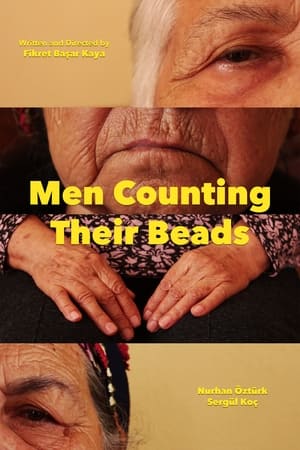 0.0
0.0Men Counting Their Beads(tr)
An experimental documentary based on photographs of the director's grandfathers whom he never had the chance to meet, his grandmothers, and the stories they told.
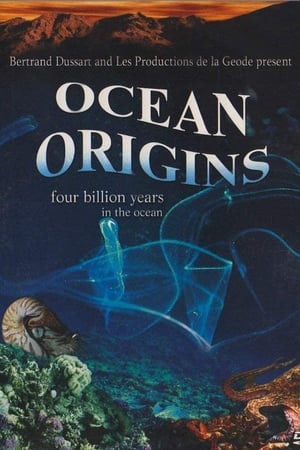 5.5
5.5Origins of Life(fr)
A documentary that explores the natural world of the sea, from the single-celled organism to more complex forms of life, OCEAN ORIGINS was originally filmed in the IMAX large format, which adds a crispness and clarity to the images. This documentary film seeks to examine the process of evolution by looking at the many creatures of the sea that can illustrate the way multi-cellular life emerged over the course of four billion years. OCEAN ORIGINS is a creative film that uses fascinating documentary footage to look at scientific theories and principles in an interesting manner
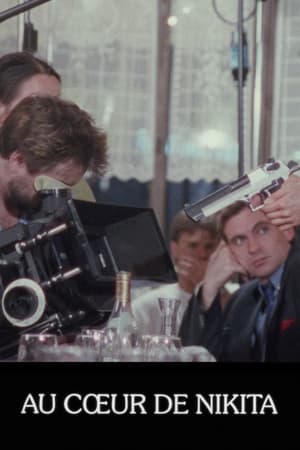 0.0
0.0Au coeur de Nikita(fr)
A documentary that captures some moments on set of filming of Luc Besson's "Nikita".
 0.0
0.0The Rover of Tobruk(en)
A documentary written by Kane McKay, a returned military serviceman, about Bob Quinn, a recipient of the Military Medal for his heroic actions in World War II in Tobruk, 1941, and also champion player for a number of years at the Port Adelaide Football Club.
Sonata for Hitler(ru)
As with so many early films by Sokurov, this film has two dates: the first is the date of its creation (the film was then banned), the second is the date of the final edition and legal public screening. The film consists of German and Soviet archive footage of the World War II — to be exact, from the end of the war. An attempt to make a large–scale documentary on this subject had been undertaken in the Soviet cinema of the 1960s: the film — “Ordinary Fascism” — by the outstanding Soviet film–maker Mikhail Romm had become a classic retrospective investigation of fascism. But Sokurov uses the expressive power of the documentary image in an absolutely different way. He does not amass materials for a large–scale picture of Nazi crimes.
 7.9
7.9I Needed Color(en)
Jim Carrey exhibits his talent as a painter and reflects on the value and power of art.
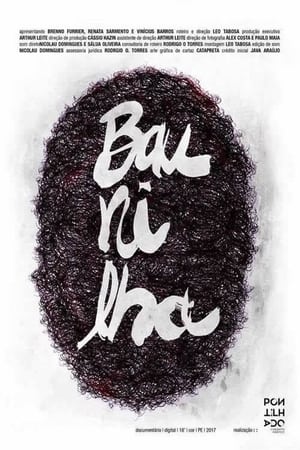 1.0
1.0Vanilla(pt)
Look around. Everything you see and touch can taste like vanilla.
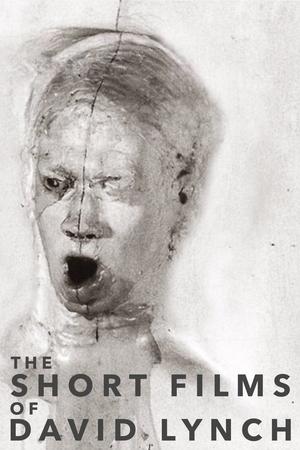 7.1
7.1The Short Films of David Lynch(en)
This collection of David Lynch's short films cover the first 29 years of his career. Each film is given a special introduction by the director himself. His earliest underground films Six Figures Getting Sick (1966), The Alphabet (1968), The Grandmother (1970) and The Amputee (1974) are showcased as well as two requisitioned works well into his successful career The Cowboy and the Frenchman (1988) and his addition for Lumière and Company (1995).
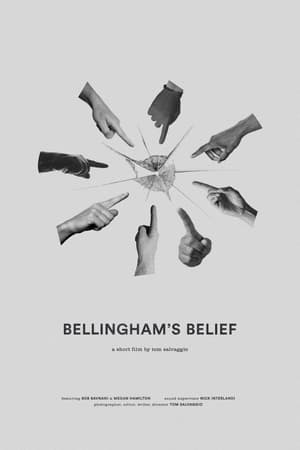 0.0
0.0Bellingham’s Belief(en)
1954 - Panic erupts when the citizens of Bellingham, Washington notice strange cracks in their car windshields. What is causing this mysterious phenomenon?
 6.2
6.2With Love from Truman(en)
At his Long Island beach house, and on the occasion of the publication of his masterful nonfiction novel In Cold Blood, reporter Karen Dennison interviews celebrated writer Truman Capote, who displays his exuberant personality, makes witty jokes, shares his thoughts on writing, reflects on various aspects of the book and, in a sweet and endearing voice, reads and explains some of its highlights.
Telezonia(en)
Four children want to invite their friends to a picnic, but they don't know how to use the telephone. Suddenly, the room goes dark and the phone becomes large enough for them to climb into. They walk through a tunnel and meet a man named Telly, who takes them into the world of Telezonia, where they are shown various kinds of telephones. They meet several costumed characters, such as Question Mark, who teaches them how to answer the phone; Q and Z, who show them how to use the phone book; and Exclamation Point, who teaches them how to place a call. By the time they leave Telezonia, they are full-fledged telephone users.
 7.6
7.6Powers of Ten(en)
A scientific film essay, narrated by Phil Morrison. A set of pictures of two picnickers in a park, with the area of each frame one-tenth the size of the one before. Starting from a view of the entire known universe, the camera gradually zooms in until we are viewing the subatomic particles on a man's hand.
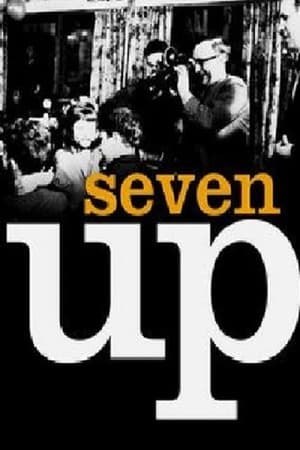 7.2
7.2Seven Up!(en)
A group of British children aged 7 from widely ranging backgrounds are interviewed about a range of subjects. The filmmakers plan to re-interview them at 7 year intervals to track how their lives and attitudes change as they age.
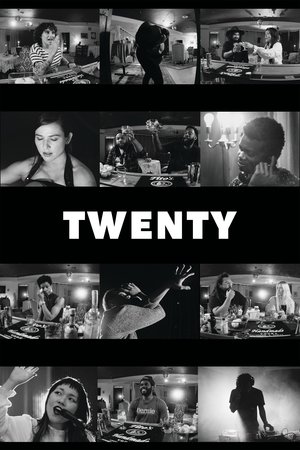 0.0
0.0Twenty(en)
Set in a speakeasy in Atlanta, “Twenty” is a feature documentary about fifteen young people making it through 2020. The film is an observational time capsule that lays bare the raw reflections of a group of people surviving a year that will be seared into our generational memory.
Toward a Vision of a Future Society(en)
In this video, Noam Chomsky concentrates on the contemporary institutions and powers which have set limits on human progress and offers us some concrete ways of challenging them; in effect, he presents a vision of a future society. Chomsky's work is directed at developing intellectual self-defense for "ordinary people" who are often isolated in their struggles. States are seen to be violent through such strategies as the near-genocide of aboriginal peoples. Ultimately, Chomsky feels we must move beyond the myths of modern industrial civilization and the privileged elites who dominate mass communication, and instead foster the interests of a truly global community.
 4.3
4.3Blow Job(en)
Andy Warhol directs a single 35-minute shot of a man's face to capture his facial expressions as he receives the sexual act depicted in the title.
 5.5
5.5Acadiana(en)
May 2017. As the new President of the United States takes his ease in the White House, the city of Breaux Bridge, Louisiana, is the theatre of the mythic Crawfish Festival. It's just another day, in America.
10 Year Retrospective: Cast and Crew Look Back(en)
The cast and crew reflect back on the making of the film Léon - The Professional (1994).A series of interviews with people in different places, all of them involved in the film.